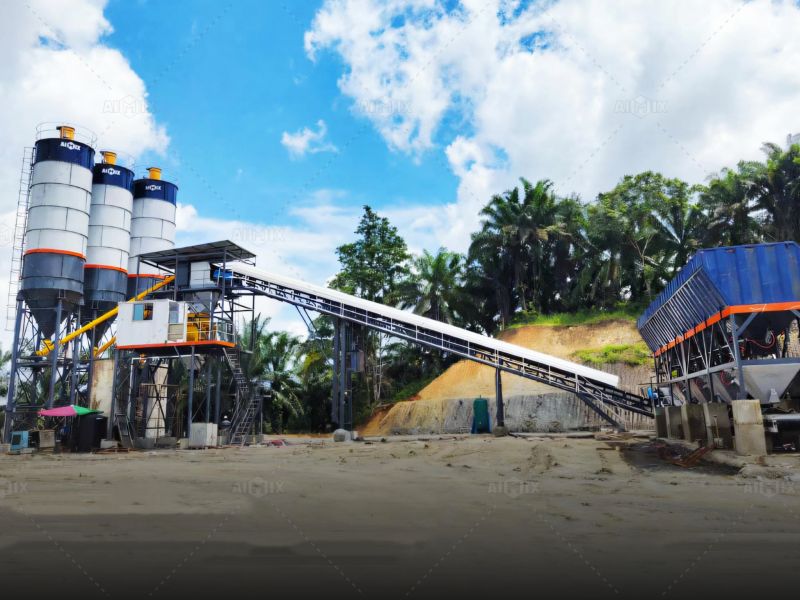Stationary concrete batch plants are essential for large-scale construction projects, providing consistent, high-quality concrete efficiently. Unlike mobile plants, stationary batch plants are designed for long-term installation at a fixed location, often serving industrial, infrastructure, and urban development projects. Manufacturing a stationary concrete batch plant is a complex process that involves precise engineering, robust material selection, advanced technology, and strategic logistics. Understanding the journey from concept to delivery provides insight into the innovation, quality control, and expertise required to meet modern construction demands.

The manufacturing process begins with a clear concept tailored to the customer’s requirements. Engineers and project managers work closely with clients to define the plant’s capacity, layout, and functional specifications. Key considerations include:
Advanced software and 3D modeling tools are used during the design phase to visualize the plant structure, simulate operations, and identify potential bottlenecks. This ensures the final design is both efficient and cost-effective.
Once the design is approved, manufacturers select high-quality materials to ensure durability and reliability. Key components of a stationary concrete batch plant include:
During component manufacturing, rigorous quality control procedures are implemented. Each part undergoes stress testing, dimensional inspection, and surface treatment to meet international standards.
After individual components are manufactured, assembly begins. Components are pre-assembled in the factory to ensure proper fit and function. Some plants are modular, allowing easier transportation and faster onsite installation. Key steps include:
Pre-installation testing is essential to reduce downtime during onsite assembly and ensures that any issues are addressed before shipment.

Transportation of stationary concrete batch plants requires careful planning due to their size and weight. Manufacturers typically use multiple shipping methods:
During this stage, coordination between the batching plant manufacturer, logistics providers, and the client is crucial to ensure timely delivery and avoid damage.
Once delivered, the plant is installed at the client’s site. Installation includes:
Manufacturers often provide onsite supervision during installation and training for plant operators, ensuring that the client can operate the plant efficiently from day one.
A stationary concrete batch plant manufacturer’s responsibility extends beyond delivery. Quality assurance involves:
After-sales support is equally important. Manufacturers may offer preventive maintenance services, spare parts supply, troubleshooting assistance, and remote monitoring solutions. This ensures long-term plant performance and customer satisfaction.

The journey of a stationary concrete batch plant from concept to delivery is a meticulous process involving design, material selection, component manufacturing, assembly, logistics, and commissioning. Each step demands precision engineering, strict quality control, and close collaboration between the manufacturer and client. By understanding this process, construction companies and contractors appreciate the expertise required to provide reliable, high-quality concrete solutions.
Investing in a well-manufactured stationary concrete batch plant ensures consistent concrete quality, long-term durability, and operational efficiency, making it a cornerstone for successful large-scale construction projects.